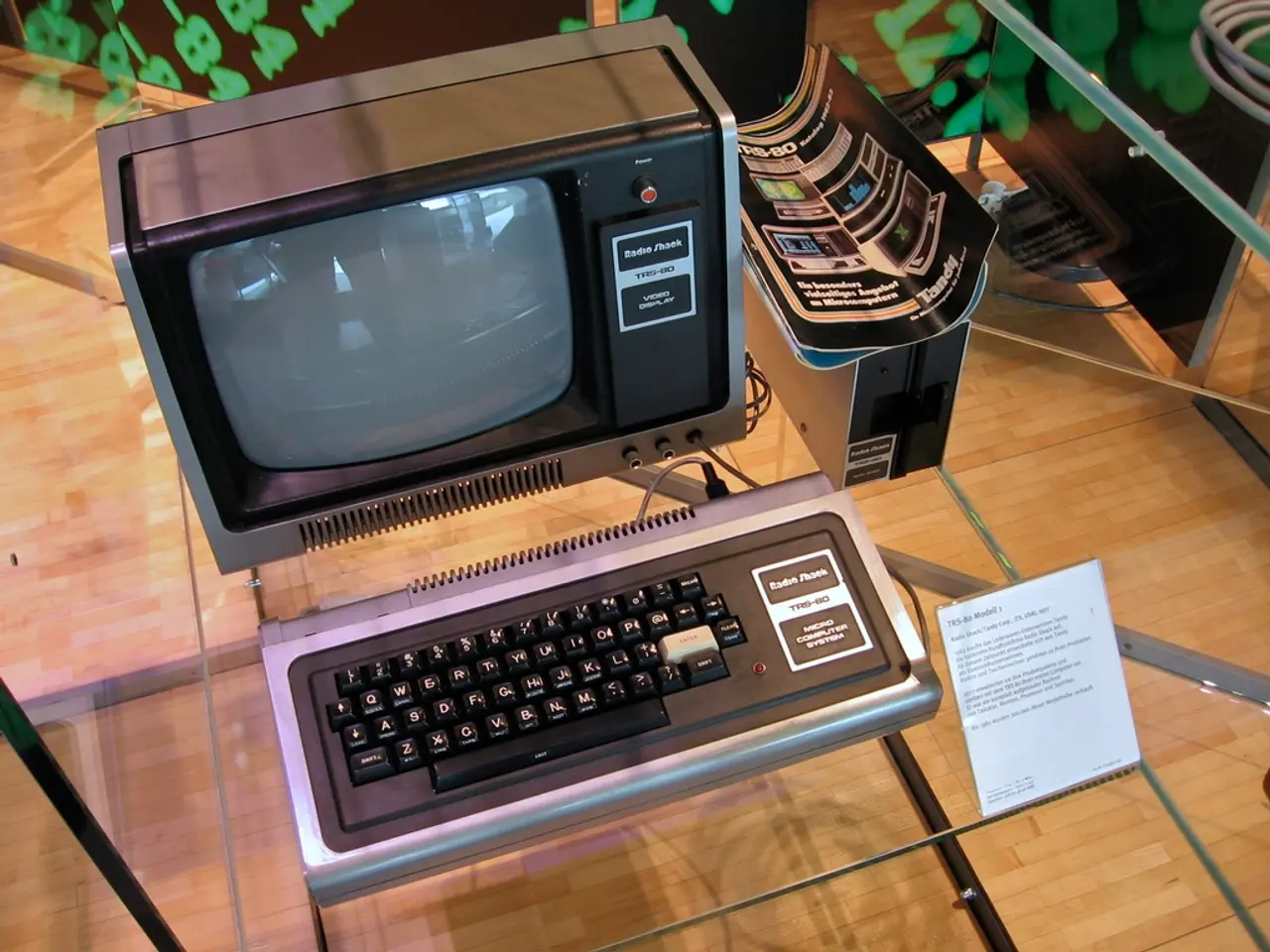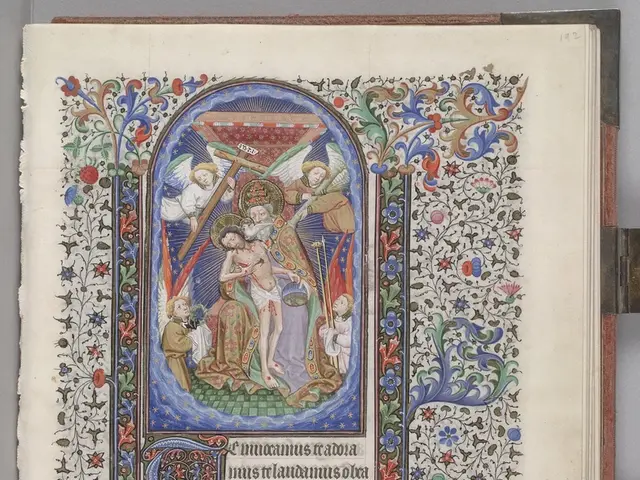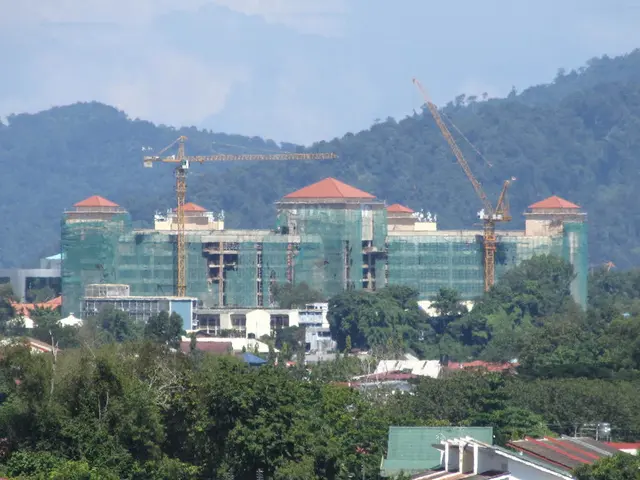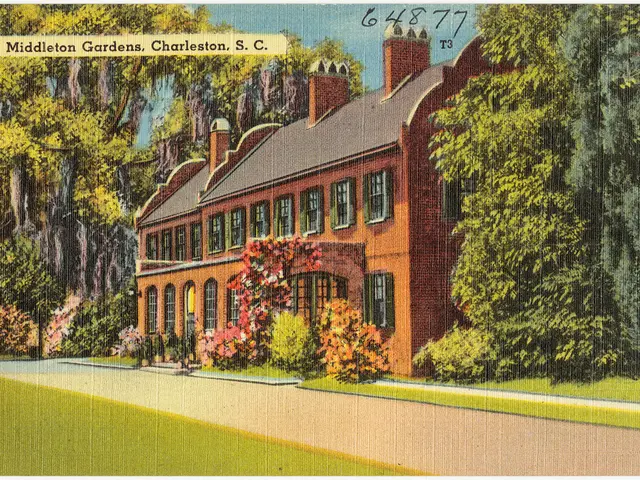IBM Unveils Quantum System Two: A Leap in Distributed Quantum Computing
IBM has unveiled its Quantum System Two, a groundbreaking implementation of Distributed Quantum Computing (DQC). This new system boasts three Quantum Heron processors, each containing 133 qubits, marking a significant leap forward in quantum technology.
DQC, as outlined in a recent publication on ArXiv by David Barral, F. Javier Cardama, Guillermo Díaz, Daniel Faílde, and others, aims to revolutionize information processing by connecting multiple quantum processors. This approach has the potential to overcome the limitations of standalone quantum systems, significantly increasing computational power.
DQC excels in solving certain problems, like phase estimation, even under less than ideal conditions. It achieves this by employing resource-optimized protocols for non-local quantum gates, paving the way for universal quantum computing. The future of DQC lies in further exploration of its foundational principles and promising directions.
Two types of DQC systems have been identified: type-I, featuring entanglement between nodes, and type-II, relying solely on internode classical communication. As we move towards the practical realization of large-scale quantum processors, a distributed approach is expected to be adopted.
IBM's Quantum System Two, with its 399 qubits, underscores the potential of DQC. While challenges remain, such as the need for further research on quantum communication protocols and entanglement-based distributed algorithms, the future of DQC looks promising. It could indeed revolutionize information processing and enhance the computational power of current quantum systems.
Read also:
- Tata Electronics & Bosch Ink MoU to Boost India's Electronics Manufacturing
- Tata Motors Establishes 25,000 Electric Vehicle Charging Stations Nationwide in India
- PawWire Unites 100+ Pet Brands in New Discovery Platform, Supports Animal Welfare
- Strengthening Defense against Multi-faceted menaces in the Age of Authority-driven Technology








